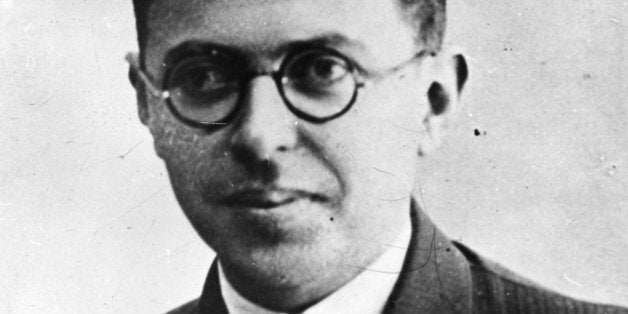
Jean-Paul Sartre was born in 1905. His father, a navy captain, died when he was a baby – and he grew up extremely close to his mother until she remarried, much to his regret, when he was twelve. Sartre spent most of his life in Paris, where he often went to cafes on the Left Bank and sat on benches in the Jardin du Luxembourg. He had a strabismus, a wandering eye, and wore distinctive, heavy glasses. He was awarded the 1964 Nobel Prize for literature, but refused it on the grounds that the award was capitalist and bourgeois. He was very short (five feet three inches) and frequently described himself as ugly. He wore his hair vigorously brushed back. When he died in 1980 (aged 74), 50,000 people accompanied his coffin through the streets of Paris.
Sartre became famous as the key figure in the philosophical movement known as Existentialism. He made thinking and philosophy glamorous. He wrote a dense, hard-to-follow book called Being and Nothingness, which enhanced his reputation not so much because people could understand his ideas but because they couldn’t quite. Sartre was the beneficiary of a desire, which became widespread in the second half of the twentieth century, to revere books for the mystery they appeared to touch, rather than for the clarity of their claims.
